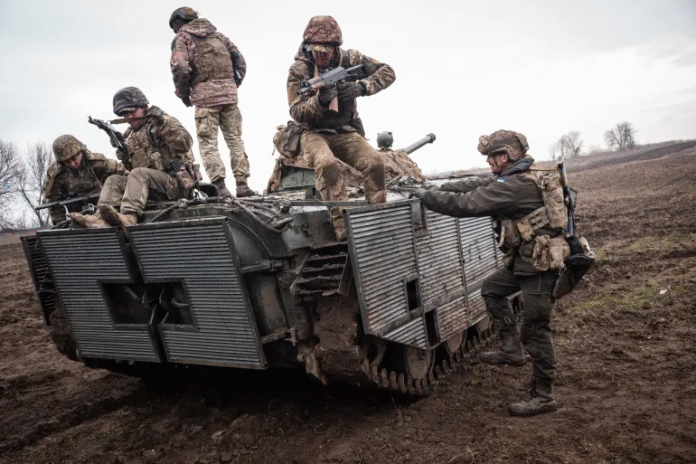Byline: Shubh Times Update |
Kyiv: Ukraine was rocked by its largest overnight assault this month as Russia launched 270 drones and 10 missiles, targeting key energy facilities including an oil refinery in the central Poltava region. The strikes triggered major fires and highlighted the fragile balance between ongoing peace diplomacy and continued military aggression. According to Reuters, this escalation came just days after former US President Donald Trump hosted Ukrainian President Volodymyr Zelenskyy and European leaders at the White House to accelerate peace negotiations.
Washington and Istanbul Peace Efforts
The attacks coincided with renewed diplomatic activity. Earlier this year, peace talks in Istanbul had led to prisoner and body exchanges but failed to secure a lasting ceasefire. Russia confirmed handing over 1,000 Ukrainian soldiers’ bodies in exchange for 19 Russian ones, with the International Committee of the Red Cross mediating the process (Al Jazeera report).
Despite such humanitarian steps, Russian President Vladimir Putin has so far resisted ceasefire calls, insisting that his forces are advancing and have little incentive to pause operations.
Trump’s Changing Strategy
Donald Trump, who recently warned Russia of “severe consequences” if it rejected a ceasefire, has now shifted toward pushing for a comprehensive peace deal. At the heart of his proposal are security guarantees for Ukraine. One option under discussion is a NATO-style Article 5 collective defense pledge, which would treat an attack on Ukraine as an attack on all backers. However, its practical enforcement remains unclear, raising doubts about US and NATO commitments.
Security Guarantees and the European Coalition
Ukraine and its allies believe only robust security assurances can deter future Russian aggression. BBC News reported that European leaders are considering a multinational “Coalition of the Willing”, comprising 30 countries including Japan and Australia. The European Union wants clear US involvement, ideally military, while Trump has so far offered only “coordination” rather than boots on the ground.
- Proposed coalition members: 30 countries (EU, Japan, Australia)
- US role: Coordination promised, but no commitment of troops yet
- Goal: Security guarantee framework to stabilize Ukraine’s future
Putin’s Demands and Territorial Disputes
Russia continues to occupy Crimea and parts of six Ukrainian regions, nearly 20% of Ukraine’s territory. According to analysts quoted by Politico, Putin has demanded Kyiv relinquish control of Donbas, Ukraine’s industrial heartland. Although Russia has yet to fully capture it, Moscow insists that concessions on Donbas are necessary for any settlement.
Experts suggest that if agreements on security guarantees are reached, discussions could gradually move toward potential territorial swaps, though this remains highly contentious for Kyiv.
Uncertain Future of Peace Talks
While Trump maintains optimism about “ending the war soon,” even he acknowledged that Putin may have little incentive to compromise. Russian Foreign Minister Sergey Lavrov recently reiterated that any high-level meeting must be “carefully prepared,” leaving uncertainty about the possibility of a direct Putin–Zelenskyy summit.
The latest Russian strikes serve as a reminder that military escalation continues despite diplomatic overtures. With security guarantees unresolved and territorial disputes entrenched, the road to peace in Ukraine remains uncertain. Global observers stress that any breakthrough will require balancing Ukraine’s sovereignty with credible deterrence against future Russian aggression.
As diplomacy unfolds in Washington and Europe, the world watches closely whether this war enters a new chapter of negotiation—or another cycle of intensified conflict.
Source: Al Jazeera


